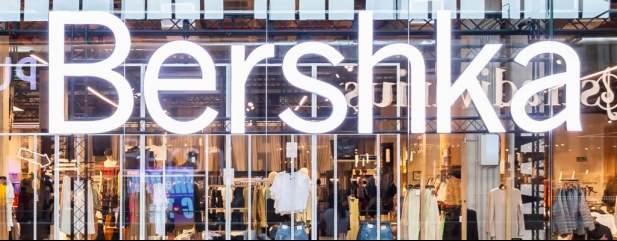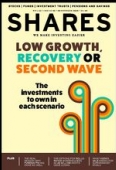Archived article
Please note that tax, investment, pension and ISA rules can change and the information and any views contained in this article may now be inaccurate.
Don’t miss out on this high-quality European growth company

From humble beginnings in the mid-1960s as a simple textile-maker located in Galicia in north-western Spain, Industria de Diseno Textil – better known as Inditex – has transformed itself into a global fashion powerhouse with more than 7,000 stores in 200 countries and a reputation for being on-trend and quick to market.
Inditex operates eight different brands including Zara and Bershka and design, sourcing and manufacturing are localised. Over half the firm’s factories are located close to its headquarters in Arteixo, yet it works with nearly 2,000 suppliers and over 8,000 factories globally.
A large part of Inditex’s investor appeal is its historically high gross margins and earnings before interest, tax, depreciation and amortisation (EBITDA), thanks to its streamlined design and production process and its negative working capital position.
Pre-Covid, the firm’s gross margin was close to 60% while EBITDA margins were near 30% compared with ratios of 40% and 20% respectively for Next (NXT) and much lower ratios for fast-fashion firms like H&M and Primark.
Another part of the firm’s appeal is its focus on sustainability and governance issues. Inditex has signed up to the United Nations’ 17 Sustainable Development Goals, while over 90% of its stores are eco-efficient, with zoned, energy-efficient lighting and heating, and priority given to using recycled or reused materials in their construction.
Like all clothing retailers Inditex suffered heavily during the pandemic, but by the end of July 96% of stores were open again and during September total sales including online were down just 11% year-on-year. E-commerce sales were up 74% in its first-half period. Inditex was early to spot the potential of online sales, setting up its website in 2010.
Financially the firm is on an extremely strong footing with net cash of €6.5 billion as of the end of July, and it has kept its 60% dividend payout ratio although it has decided to delay both 2020 and 2021 dividends until calendar 2021 and 2022.
Forecasts for this year and next year look overly conservative, with analysts not expecting sales and EBITDA to get back to pre-Covid levels until the beginning of 2023.
With the Madrid-listed shares trading at €24 compared with €32 pre-Covid and all-time highs of €36 back in 2017, this is a good opportunity for UK investors to pick up a high-quality European business, offering growth and diversification at a discount. Just remember that investment platforms may have additional fees such as forex exchange charges when buying overseas-listed stocks.
Important information:
These articles are provided by Shares magazine which is published by AJ Bell Media, a part of AJ Bell. Shares is not written by AJ Bell.
Shares is provided for your general information and use and is not a personal recommendation to invest. It is not intended to be relied upon by you in making or not making any investment decisions. The investments referred to in these articles will not be suitable for all investors. If in doubt please seek appropriate independent financial advice.
Investors acting on the information in these articles do so at their own risk and AJ Bell Media and its staff do not accept liability for losses suffered by investors as a result of their investment decisions.
Issue contents
Editor's View
Feature
First-time Investor
Great Ideas
- Novacyt still looks really cheap despite share price rally
- Panoply busy signing new contracts and buying businesses
- Premier Foods poised for Hovis windfall
- Don’t miss out on this high-quality European growth company
- Take profits on gold miner Centamin
- Shares in AG Barr start to pick up after reassuring results
Investment Trusts
Money Matters
News
- How Trump’s Covid-19 diagnosis has impacted stock markets
- The options for Rolls-Royce shareholders as £2 billion rights issue looms
- What Asda’s sale means for supermarket rivals
- Cineworld faces liquidity crunch as cinemas close again
- Housebuilders rally on Boris Johnson’s bid to help first-time buyers

 magazine
magazine









